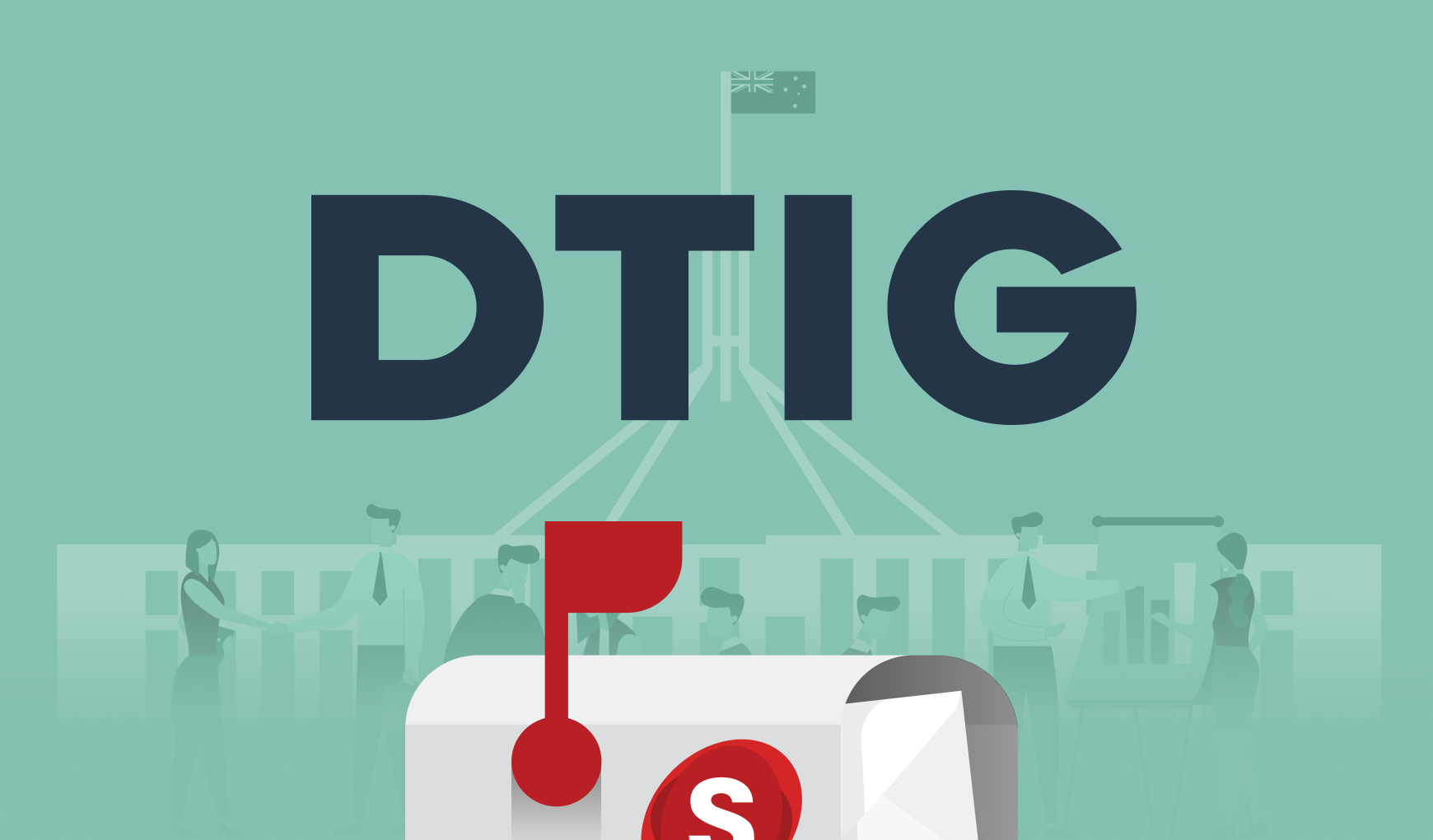About the MetroLab Network
The MetroLab was formed in 2015 as part of the White House Smart Cities Initiative. It consists of a network of 45 cities, 6 counties and 61 universities. It runs a variety of projects and initiatives, including Innovation of the .
Innovation of the Month
Each month, a project is chosen for promotion/recognition as Innovation of the . The projects are quite diverse, although there are some common patterns such as a few projects that focus on emergency services. There have been lots of interesting projects since September 2017, but below are two indicative projects. You can see the full list on the MetroLab Network .
Real-time data to reduce traffic fatalities
This project is a partnership between the University of Central Florida and the city of Orlando. Using real-time and static data like crash data, real-time traffic data (sensors detect traffic volume, average speed, lane occupancy, etc.), road quality data, road design data, and data on real-time weather conditions the risk of a crash in the immediate future can be predicted. The predictive modelling using algorithms the project team has developed over many years.
The next step is to then change the conditions to decrease the risk of a crash. This can be done using existing techniques such as adaptive speed limits (lowering the speed limit), route diversion, and ramp metering (so less cars come onto the freeway during an immediate high crash risk period). These techniques are currently used after an incident, but can be immediately brought into use when the predictive modelling indicates a real-time, high crash risk.
Data-driven emergency response in Nashville
The Integrated Safety Incident Forecasting and Analysis is a joint project between the Vanderbilt Initiative for Smart Cities Operation and Research, the Nashville Fire Department (NFD) and the city’s IT agency. The goal is to improve emergency response times in Nashville, focusing on the NFD’s response to crashes with injuries, medical emergencies and fires.
NFD’s historical data on incidents (location, time and type) and the response time is combined with data on pedestrian traffic, road characteristics, traffic congestion and weather. The resulting models can predict, with a high level of accuracy, when and where incidents will occur in the future.
One of the project’s outputs is an online dashboard that shows NFD (and other government agencies) information about past incidents and predicts future incidents. The predictive model can be used to optimise placement of responders based on when and where incidents are most likely to occur. The dashboard is available on and below is a YouTube demonstration.
The tool also includes the ability to see the effects of relocating fire stations so decision-makers can alter the station arrangements in the online model and then see the effects the changes would have on response times. In the future, researchers hope the predictive models can be used to identify the causes of incidents and help prevent them.
Salsa Digital’s take
We love hearing about innovative projects that contribute to digital transformation in government. MetroLab Network’s Innovation of the Month is a great way to promote these projects. In a broader sense, the Network also emphasises the importance of collaboration, which has been raised here in Australia as a key area to deliver positive outcomes for citizens. For example, the CSIRO’s National talks about the importance of collaboration across many sectors (government, industry, education, etc.) to bring about a positive future, and many IoT initiatives rely on a strong partnership between government and industry/vendors — our last DTIG on the LaTrobe Valley Information Network is a good example.
Knowledge sharing and collaboration is definitely a key element in digital transformation in government and is also the basis for the open source community, something we’re passionate about. (We love the fact that the emergency response dashboard is on GitHub!) Not surprisingly, collaboration is one of our key motivators in our mission to help governments and enterprises become more open, more connected and more consolidated.

